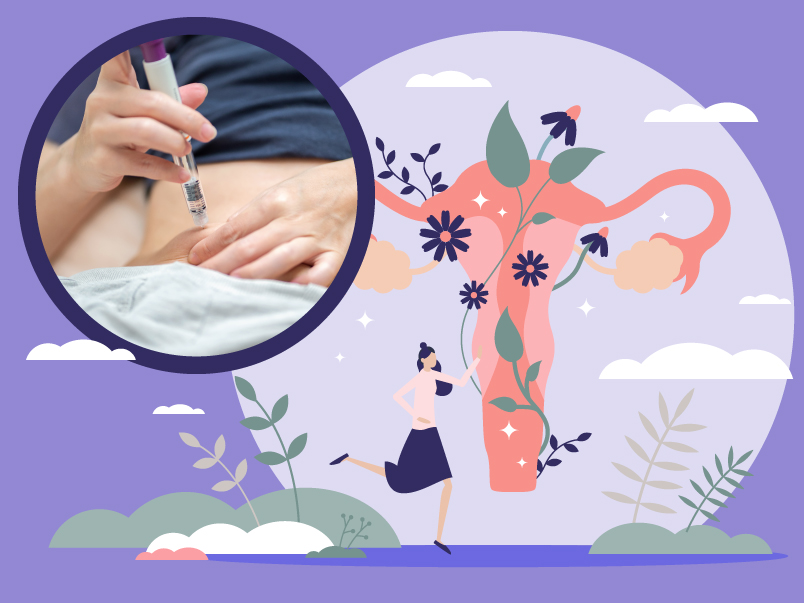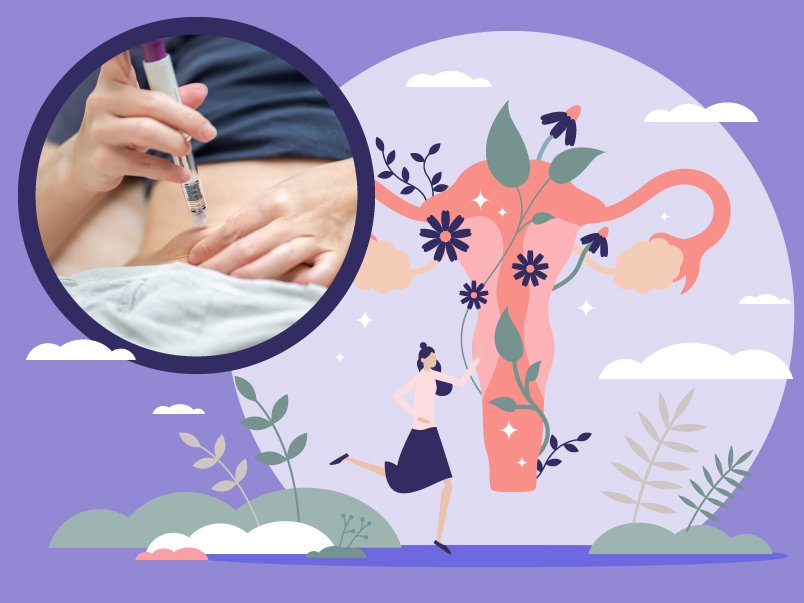blog tambre
How to become a mother if I respond badly to ovarian stimulation?

Table of contents
It is estimated that between 6% and 36% of patients who undergo assisted reproduction treatment have a low ovarian response. These patients, often known as low responders, need treatment which is based on their particular case. In today’s article we will learn about this diagnosis and the options that are offered by Tambre to address it.
What is low ovarian response?
The definition of low ovarian response is still a matter of debate today. The two definitions most accepted by the medical community are based on the recommendations of two groups of experts, which are the Bologna criteria (which were agreed upon by the European Society of Human Reproduction and Embryology-ESHRE) and the POSEIDON classification.
A patient is considered to have a poor response when they meet at least two of the following criteria:
- Advanced age
- A previous cycle with low response, that is, obtaining 3 or fewer oocytes after carrying out a conventional stimulation protocol.
- Decreased ovarian reserve test, either an antral follicle count (AFC) < 5-7 or an AMH < 0’5- 1,1 ng/ml
In addition, if using the Bologna criteria, it was considered that a patient who presented with at least two low responses in two ovarian stimulations at maximum doses should also be considered part of this group.
The Bologna criteria is very diverse. In order to address this, the POSEIDON (Patient-Oriented Strategies Encompassing Individualized Oocyte Number) classification was proposed in 2016.
In it, four groups of patients with decreased prognosis were categorized:
What are the causes of low ovarian response?
To the surprise of many people, the ovarian aging process begins during foetal development. A girl, at the time of her birth, has 1 to 2 million oocytes. During their childhood and puberty, they become atresian, that is, they atrophy before reaching a state of maturity.
When a woman has her first period, she will only have about 300,000-400,000 oocytes left, of which around 1,000 will begin their follicular development in each menstrual cycle, and only 1 will ovulate in each cycle.
Alongside this biological process, oocyte quality begins to diminish over time.
Despite being a natural process, there are pathologies that promote a more abrupt loss of ovarian reserve such as endometriosis, some ovarian surgeries, autoimmune diseases, pelvic inflammatory disease, environmental factors such as tobacco or pesticides; and other conditions that can result in having fewer eggs at birth, such as fragile X syndrome, 17 alpha hydroxylase deficiency, galactosemia, or idiopathic premature ovarian failure.
What are the consequences of a low ovarian response?
Low ovarian response is not always associated with infertility. A patient with a low antral follicle count or low anti-Müllerian hormone levels may not necessarily have difficulty becoming pregnant naturally.
However, these factors may affect the success rate of reproductive treatments including In Vitro Fertilization and oocyte vitrification, since they can contribute to a greater risk of cycle cancellation, and of fewer oocytes recovered. Therefore, the number of embryos and pregnancy rates would also be affected.
In the long term, in terms of women’s health, low ovarian reserve can be linked to premature ovarian failure (POF). We talk about FOP when the cessation of menstruation occurs in patients under 40. This can affect up to 1% of the female population. If the patient does not receive replacement therapy (hormone replacement therapy), POF can cause an increased risk of cardiovascular and metabolic diseases, such as osteoporosis.
¿ What options do I have if I am not responding adequately to ovarian stimulation?
Multiple studies have considered this to identify what treatment would be the best to apply. The protocols that specialists use are indicated below:
A) Use of androgens
Androgens increase the number of follicle-stimulating hormone (FSH) receptors in granulosa cells, and therefore can increase the response to it by acting on the preantral and antral follicles. They have mainly been used in the form of topical testosterone or oral dehydroepiandrosterone (DHEA). Some recent studies have found improvements in live birth rates after the use of these drugs.
B) Growth hormone or GH
GH increases IGF-1 (insulin-like growth factor 1) in the follicles, which increases the response to gonadotropins, which has the potential to increase oocyte cell recovery capacity. This has been seen in several studies that have indicated improvement in the number of oocytes obtained, number of embryos and some, improvement in the clinical pregnancy rate. However, the results between the different studies are disparate and, therefore, the use of GH to date is still experimental.
C) Double trigger
The use of human chorionic gonadotropin (Hcg) is based on its biochemical similarity and its binding to the luteinizing hormone (LH) receptor.
The use of the gonadotropin-releasing hormone agonists (GnRHa) provides an endogenous surge of both LH and FSH, which is similar to the physiological surge that occurs with natural ovulation.
The use of both maturation strategies on the day of the trigger increases the number of mature oocytes, improves fertilization rates, and increases the number of embryos.
D) DuoStim
DuoStim is based on the strategy of a double stimulation in the same cycle. This technique (Shanghai protocol) has shown that it is possible to obtain more oocytes in less time by not having to wait for the next menstruation. Compared with conventional stimulation, this technique improves the number of embryos and live birth rates. This occurs not only because a greater number of oocytes are obtained, but also due to a reduction in time between the first stimulation cycle and the second.
We hope this article has answered some of your questions about low ovarian response and we look forward to talking to you if you wish to gain a second opinion or assess your treatment options. Together we will help you achieve your dream of holding your baby in your arms.

